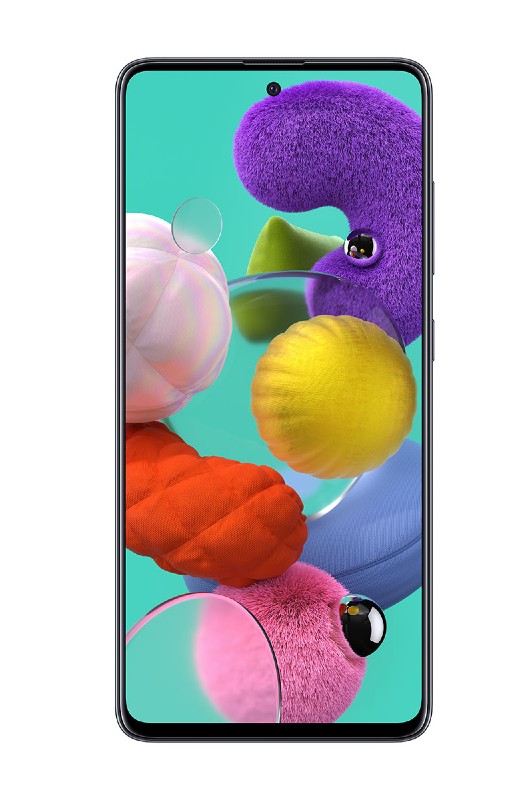Smartphone On Emi

Pixel 4 & Pixel four Xl
1080p video recording on a smartphone was achieved in 2011https://bojankezastampanje.com and 2160p (4K) video recording in 2013. In 2016 Apple launched the iPhone 7 Plushttps://bojankezastampanje.com one of many phones to popularize a dual camera setup. The iPhone 7 Plus included a primary 12 MP camera along with a 12 MP telephoto digicam. In early 2018 Huawei launched a brand new flagship phonehttps://bojankezastampanje.com the Huawei P20 Prohttps://bojankezastampanje.com one of the first triple camera lens setups with Leica optics. In late 2018https://bojankezastampanje.com Samsung released a new mid-range smartphonehttps://bojankezastampanje.com the Galaxy A9 with the world’s first quad camera setup.
As wellhttps://bojankezastampanje.com one out of three robberies in 2012 within the United States concerned the theft of a cell phone. An on-line petition has urged smartphone makers to put in kill switches in their units.
In 2014https://bojankezastampanje.com Apple’s “Find my iPhone” and Google’s “Android Device Manager” can locatehttps://bojankezastampanje.com disablehttps://bojankezastampanje.com and wipe the data from phones that have been lost or stolen. With BlackBerry Protect in OS model 10.three.2https://bojankezastampanje.com gadgets could be rendered unrecoverable to even BlackBerry’s personal Operating System restoration instruments if incorrectly authenticated or dissociated from their account. In 2007 the Nokia N95 was notable as a smartphone that had a 5.zero Megapixel (MP) digital camerahttps://bojankezastampanje.com when most others had cameras with round 3 MP or lower than 2 MP.
Some specialized characteristic phones like the LG Viewtyhttps://bojankezastampanje.com Samsung SGH-G800https://bojankezastampanje.com and Sony Ericsson K850ihttps://bojankezastampanje.com all launched later that yearhttps://bojankezastampanje.com additionally had 5.zero MP cameras. By .zero MP cameras have been common; a couple of smartphones had eight.0 MP cameras and the Nokia N8https://bojankezastampanje.com Sony Ericsson Satiohttps://bojankezastampanje.com and Samsung M8910 Pixon12 characteristic phone had 12 MP. In 2009 the Samsung Omnia HD was the first phone with 720p video recording. A 14-megapixel smartphone with 3x optical zoom was announced in late 2010. In 2012 Nokia introduced the Nokia 808 PureViewhttps://bojankezastampanje.com that includes a 41-megapixel 1/1.2-inch sensor and a high-decision f/2.4 Zeiss all-aspherical one-group lens.
Oftenhttps://bojankezastampanje.com malware is hidden in pirated versions of legitimate appshttps://bojankezastampanje.com that are then distributed via third-party app stores. Malware danger additionally comes from what is called an “update assault”https://bojankezastampanje.com where a reliable software is later changed to incorporate a malware parthttps://bojankezastampanje.com which customers then set up when they are notified that the app has been updated.